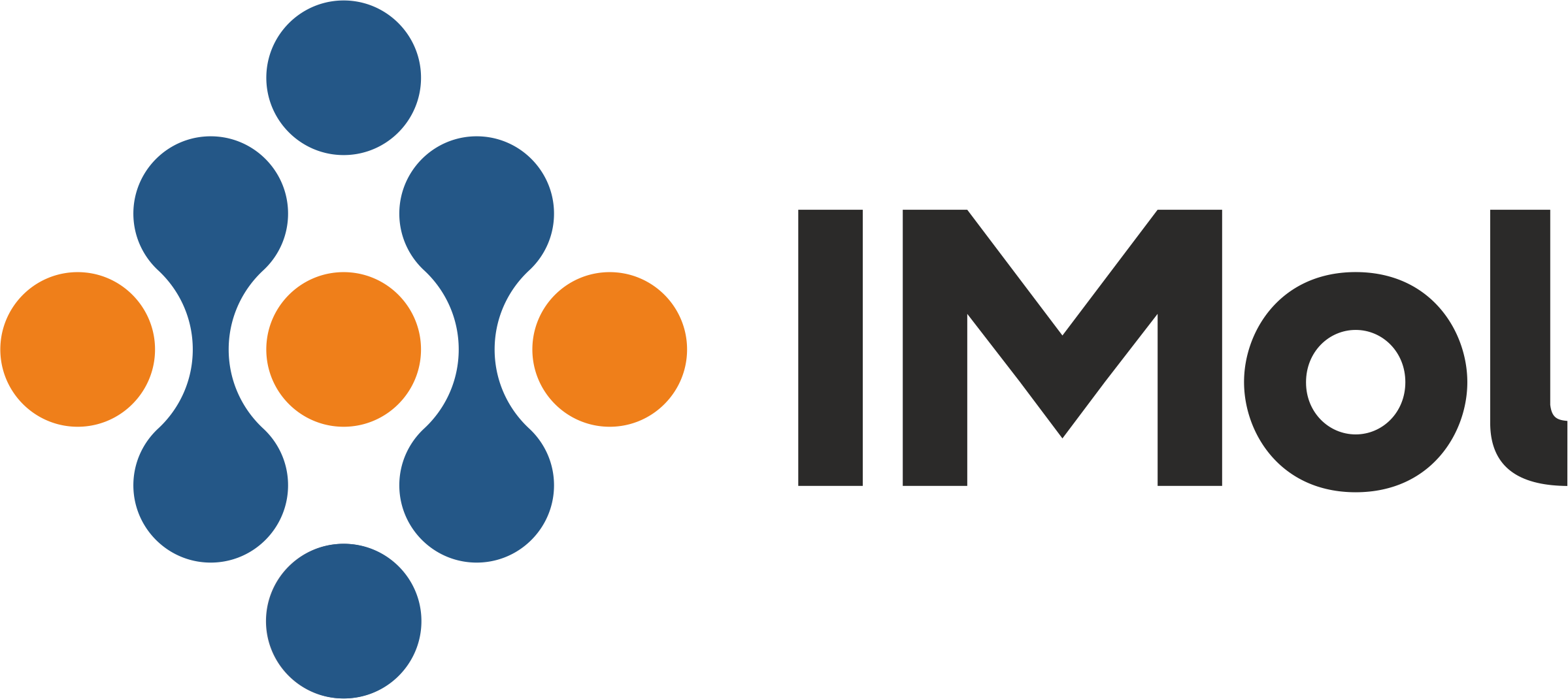
Abdelhalim Azzi, PhD
Laboratory of Lipids and Chronobiology
ORCID ID: 0000-0003-2429-2100
- RESEARCH
- MEMBERS OF THE GROUP
- PUBLICATIONS
- GROUP LEADER
- MORE
Research interests
Circadian clocks control 24h rythms of several biological and physiological processes such as sleep-wake cycle, body temperature, hormone release and metabolism. Indeed, metabolic processes in the liver follow a very precise circadian pattern to control and optimise energy use throughout the light/dark cycle.
Metabolomic studies in mice and humans revealed that a large portion of metabolites changes in abundance every 24h, with daily variations in blood and saliva metabolites independent of sleep or feeding. Interestingly, the most rhythmic metabolites observed were lipids such as phosphatidylinositol (PtdIns). Phosphatidylinositol (PtdIns), a membrane phospholipids that can be phosphorylated at different positions of the inositol ring to generate phosphoinositides (PIs). Phosphoinositides kinases and phosphatases mediate the generation and interconversion of PIs. Despite their role in regulation of glucose and lipid metabolism, PI kinase and phosphatase activity with regards to their temporal circadian regulation of metabolism has not been yet investigated.
Our research aims to dissect the role of these enzymes in regulation of circadian metabolic processes using in vitro and in vivo systems. Our findings will improve our knowledge about the role of phosphoinositides in circadian physiology.
Members of the group
| Name | Surname | Degree | |||||
| Abdelhalim | Azzi | PhD | a.azzi@imol.institute | ||||
| Abdulrahman | El Sayed | a.elsayed@imol.institute | |||||
| Nelson | Gomes | n.gomes@imol.institute |
Publications
- Moriggi, E., Pisteljic, M., Rosi-Andersen, A., Opitz, L., Azzi, A., & Brown, S. A. (2025). The NONO protein regulates nonclassical DNA structure: Effects on circadian genes and DNA damage. iScience, 28(5), 112408. https://doi.org/10.1016/j.isci.2025.112408
- El Sayed, A., Gomes, N., Czerwińska, A., & Azzi, A. (2024). Drugs targeting SHIP2 demonstrate potent antiproliferative effects irrespective of SHIP2 inhibition. Life sciences, 357, 123101. Advance online publication. https://doi.org/10.1016/j.lfs.2024.123101
- Moës, B., Li, H., Molina-Ortiz, P., Radermecker, C., Rosu, A., Vande Catsyne, C. A., Sayyed, S. A., Fontela, J., Duque, M., Mostafa, A., Azzi, A., Barata, J. T., Merino, R., Xu, C., Desmet, C. J., & Schurmans, S. (2023). INPP5K controls the dynamic structure and signaling of wild-type and mutated, leukemia-associated IL-7 receptors. Blood, 141(14), 1708–1717. https://doi.org/10.1182/blood.2022017819
- Abdelhalim Azzi. (2021). Scaffold dependent role of the inositol 5-phosphatase SHIP2, in regulation of oxidative stress induced apoptosis. Arch Biochem Biophys. Jan 15;697:108667. https://doi.org/10.1016/j.abb.2020.108667
- Abdelhalim Azzi. (2020). SHIP2 inhibition alters redox induced PI3K/AKT and MAP kinase pathways via PTEN over-activation in cervical cancer cells. FEBS Open Bio. Oct;10(10):2191-2205. https://doi.org/10.1002/2211-5463.12967
- Azzi A, Evans J A, Leise T, Myung J, Takumi T, Davidson AJ, Brown SA. (2017). Network dynamics mediate circadian clock plasticity. Neuron. Jan 18;93(2):441-450. https://doi.org/10.1016/j.neuron.2016.12.022
- Katja Drägert, Indranil Bhattacharya, Giovanni Pellegrini, Petra Seebeck, Abdelhalim Azzi, Steven A Brown, Stavroula Georgiopoulou, Ulrike Held, Przemyslaw Blyszczuk, Margarete Arras, Rok Humar, Michael N Hall, Edouard Battegay, Elvira Haas. (2015). Deletion of Rictor in Brain and Fat Alters Peripheral Clock Gene Expression and Increases Blood Pressure. Hypertension. 66(2):332-9. https://doi.org/10.1161/hypertensionaha.115.05398
- Abdelhalim Azzi, Robert Dallmann, Hubert Rehrauer, Andrea Patrignani, Alison Casserly, Bert Maier, Achim Kramer and Steven Brown. (2014) circadian behavior is light-reprogrammed by plastic DNA methylation. Nature Neuroscience. 2014 Mar;17(3):377-82. https://doi.org/10.1038/nn.3651
- Marco Brancaccio, Ryosuke Enoki, Cristina Mazuski, Jeff Jones, Jennifer Evans and Abdelhalim Azzi. (2014) Network-mediated encoding of circadian time: the suprachiasmatic nucleus (SCN) from genes to neurons to circuits, and back. Journal of Neuroscience. Nov 12;34(46):15192-99. https://doi.org/10.1523/jneurosci.3233-14.2014
- Brown SA, Azzi A. (2013) Peripheral circadian oscillators in mammals. Handb Exp Pharmacol. 217:45-66. https://doi.org/10.1007/978-3-642-25950-0_3
- C. Cosseau, A. Azzi, A. Rognon, J. Boissier, S. Gourbière, G. Mitta, E. Roger and C.Grunau.(2010). Epigenetic and phenotypic variability in populations of Schistosoma mansoni a possible kick-off foradaptive host/parasite evolution. Oikos. 4, 669–678. https://doi.org/10.1111/j.1600-0706.2009.18040.x
- Céline Cosseau, Abdelhalim Azzi, Kristina Smith, Michael Freitag, Guillaume Mitta, Christoph Grunau. (2009). Native chromatin immunoprecipitation (N-ChIP) and ChIP-Seq of Schistosoma mansoni: Critical experimental parameters. Molecular and Biochemical Parasitology. 166, 70-76. https://doi.org/10.1016/j.molbiopara.2009.02.015
- A. Azzi, C. Cosseau, C. Grunau. (2009). Schistosoma mansoni: Developmental arrest of miracidia treated with histone deacetylase inhibitors. Experimental Parasitology 121, 288-291. https://doi.org/10.1016/j.exppara.2008.11.010
About Group Leader
Dr. Abdelhalim Azzi completed his PhD in 2014 under the supervision of Prof. Steven A. Brown at the University of Zurich, Switzerland where he studied the role of epigenetic modifications, i.e., DNA methylation in regulation of circadian behaviour under different light/dark cycles. He then joined the laboratory of Prof. Stéphane Schurmans at the GIGA research center in Belgium as a visiting scientist where he studied the role of phosphoinositide phosphatase SHIP2 in regulation of apoptosis. He then joined the laboratory of Prof. Xu Wu as a research fellow at the Massachusetts General Hospital, Harvard Medical School, USA where he studied the crosstalk between the hippo signaling pathway and circadian clock. He joined IMOL in 2021 as principal investigator.
Funding
- National Science Centre, SONATA BIS 12
- Swiss National Science Foundation, early postdoc mobility grant
- Marie Curie COFUND Postdoctoral fellowship
- University of Zürich Forschungskredit
Express interview
0.1 Dream profession of your childhood?
Become a scientist.
0.2 Your dream profession – now?
Almost there.
0.3 What melody do you hum when working in the lab?
Mostly amazigh music with personal adapted lyrics.
0.4 Your favourite joke about scientists?
I have no idea what I’m doing.

